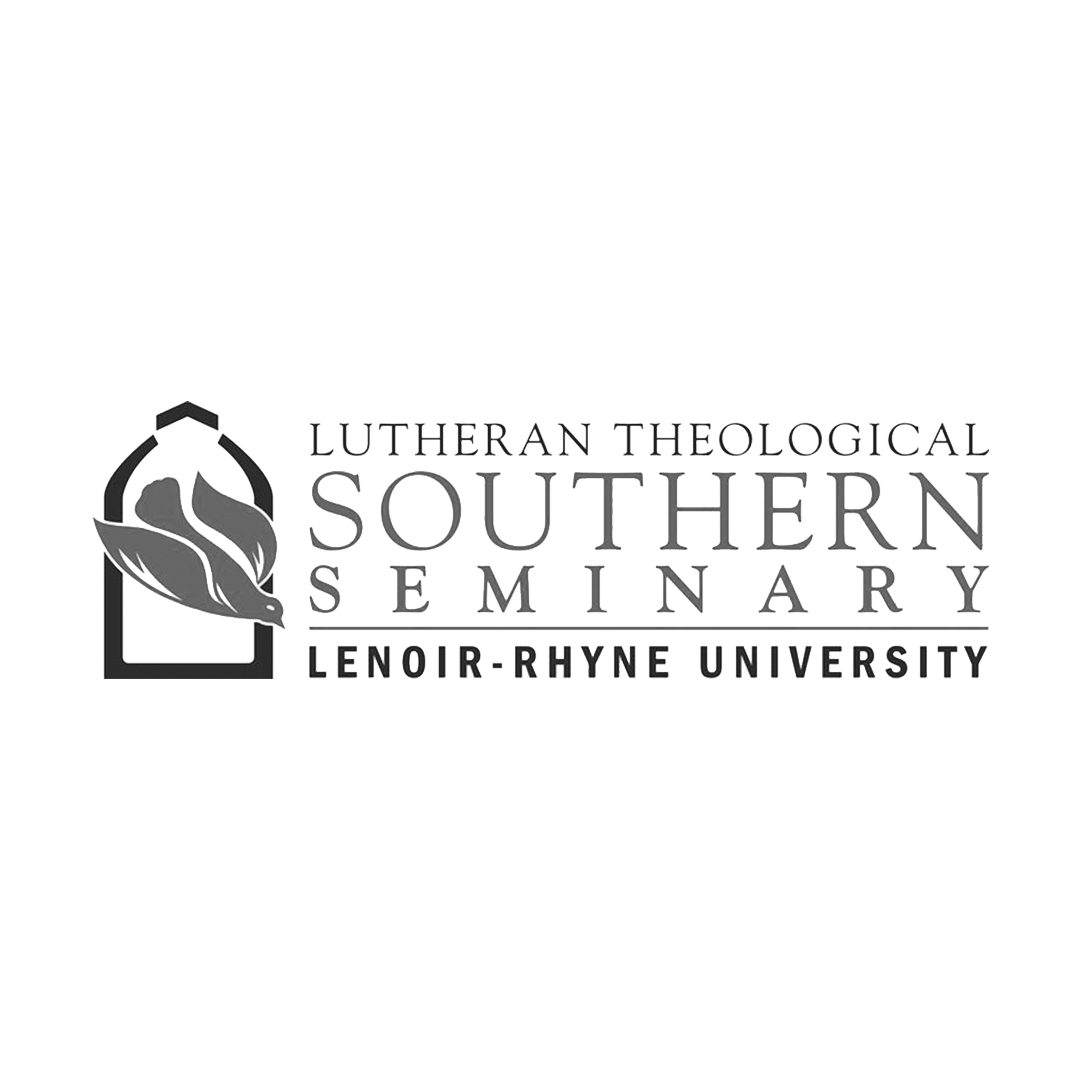
I hope your New Years celebrations were fun and that 2023 is off to a great start for you. Starting off year number two of this newsletter, I hope it will be as helpful as it was last year with new ideas and resources to help you start the year strong.
Idea worth Considering: The difference between history and tradition
One of the struggles in any congregation is balancing looking back and looking forward. History and tradition can be a gift or a stumbling block. To think more clearly about the positives and negatives, I’ve been making this distinction: History tells a congregation who they were. Tradition tells a congregation who they are.<.p>
In this way of thinking, congregations that are focused on their history are reveling in their glory days, telling stories of how good things used to be. Nostalgia is king – and long live the king! Congregations that are focused on tradition, however, use stories about the past to make statements about the present. For example, congregations who tell stories about how they were formed by hard working people who love Jesus may bring the congregation’s center to “we, too, are hardworking people who love Jesus.” In the telling and passing on of tradition, it is not about what people did, but the kinds of people who we become in this community together.
Hopefully, this distinction gives a name to the things I hear many of us are seeing, and how some congregations get stuck in the past while others have a robust telling of their history that inspires them for the future. The distinction may even be subtle enough that church leaders, by being intentional, can over time shift these narratives within a congregation, turning a historical perspective into one that focuses on the present and future-focused tradition.
Resource worth a look:
The Art of Neighboring by Jay Pathak and Dave Runyon
I had this book recommended to me by several other DEMs who I trust, and after reading it, will be incorporating components of it in my own approaches to my work. I hope you will find it as useful as have.
The authors’ key argument: If we try to be neighbors to everybody, we end up being a neighbor to nobody. The purpose of this book, then, is to help both individuals and faith communities focus on relationships with their actual, not-metaphorical neighbors as an avenue to live out the greatest commandment. After all, we can’t love our neighbors if we don’t know who they are.
From the practical perspective, it has a study guide for each chapter if you wanted to use this in a congregational setting. It has exercises you can lead with a group, and finds the sweet spot in ministry books in that it’s insightful enough that rostered leaders will find it useful, and written in a way that is accessible and understandable for the interested layperson. If your church is looking to do more outreach, this could be a helpful tool along the way – even if you end up not leading a study on it, the insights will be useful leading this kind of effort.
Thanks for reading!
If you want to talk about how your church can use the art of neighboring, how you might shift the conversations from history to tradition, or why I think Shohei Ohtani got snubbed as the MLB MVP, reply to this email or reach out – I’m always happy to talk.
If you know someone who would like to receive this, please forward it to them. If someone has forwarded this to you and you’re interested in more please email neal@scsynod.com and ask to be added to the This Month in Mission” newsletter list.
In Christ,
James.













